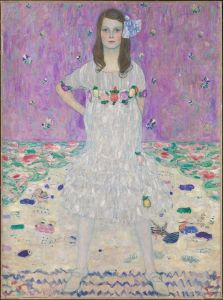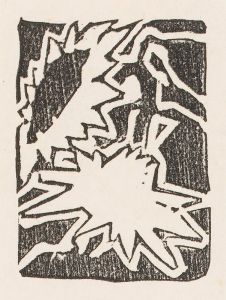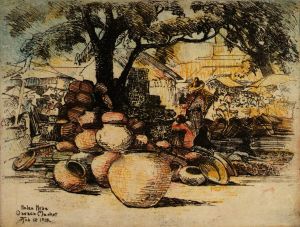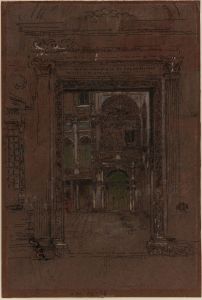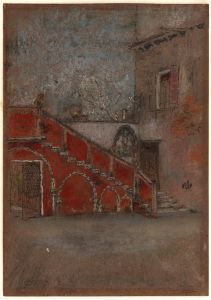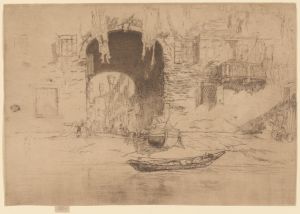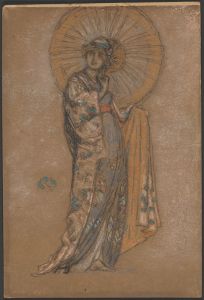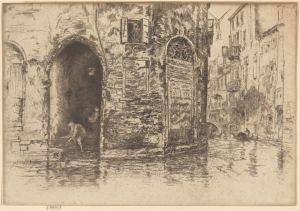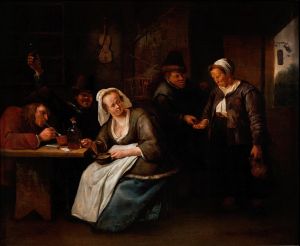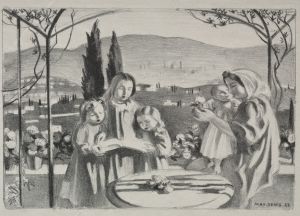
Confidence in the Garden
A hand-painted replica of James Abbott McNeill Whistler’s masterpiece Confidence in the Garden, meticulously crafted by professional artists to capture the true essence of the original. Each piece is created with museum-quality canvas and rare mineral pigments, carefully painted by experienced artists with delicate brushstrokes and rich, layered colors to perfectly recreate the texture of the original artwork. Unlike machine-printed reproductions, this hand-painted version brings the painting to life, infused with the artist’s emotions and skill in every stroke. Whether for personal collection or home decoration, it instantly elevates the artistic atmosphere of any space.
James Abbott McNeill Whistler was an American artist known for his paintings, etchings, and lithographs. He was a leading figure in the Aesthetic Movement, which emphasized the visual and sensual qualities of art and design over practical, moral, or narrative considerations. Whistler's work is characterized by a subtle use of color and innovative compositions, often drawing inspiration from Japanese art and design.
"Confidence in the Garden" is one of Whistler's lesser-known works, and unfortunately, there is limited information available about this specific painting. Whistler's oeuvre includes a variety of portraits, landscapes, and genre scenes, many of which explore themes of beauty and harmony. His most famous work, "Arrangement in Grey and Black No. 1," commonly known as "Whistler's Mother," exemplifies his approach to composition and tonal harmony.
Whistler's artistic philosophy was heavily influenced by his belief in "art for art's sake," a concept that suggests the intrinsic value of art lies in its beauty and form rather than any didactic or moral message. This philosophy is evident in his approach to painting, where he often focused on the arrangement of color and form to create a harmonious visual experience.
Throughout his career, Whistler was known for his distinctive style, which often incorporated elements of Japonism, a trend that involved the incorporation of Japanese aesthetics into Western art. This influence is seen in his use of delicate lines, asymmetrical compositions, and a muted color palette.
Whistler's work was not always well-received during his lifetime. He was involved in several public disputes with art critics and patrons, most notably with the critic John Ruskin. Ruskin accused Whistler of "flinging a pot of paint in the public's face" after viewing one of Whistler's nocturnes, leading to a famous libel lawsuit that Whistler won, albeit with minimal damages.
Despite these controversies, Whistler's influence on the art world was significant. He played a crucial role in the development of modern art, particularly in the way artists approached composition and color. His work paved the way for future movements, such as Impressionism and Symbolism, by challenging traditional artistic conventions and encouraging a focus on the aesthetic qualities of art.
While specific details about "Confidence in the Garden" are scarce, it can be appreciated within the broader context of Whistler's artistic legacy. His contributions to the art world continue to be celebrated, and his works are housed in major museums and collections worldwide. Whistler's dedication to the beauty of form and color remains a testament to his enduring impact on the art world.





